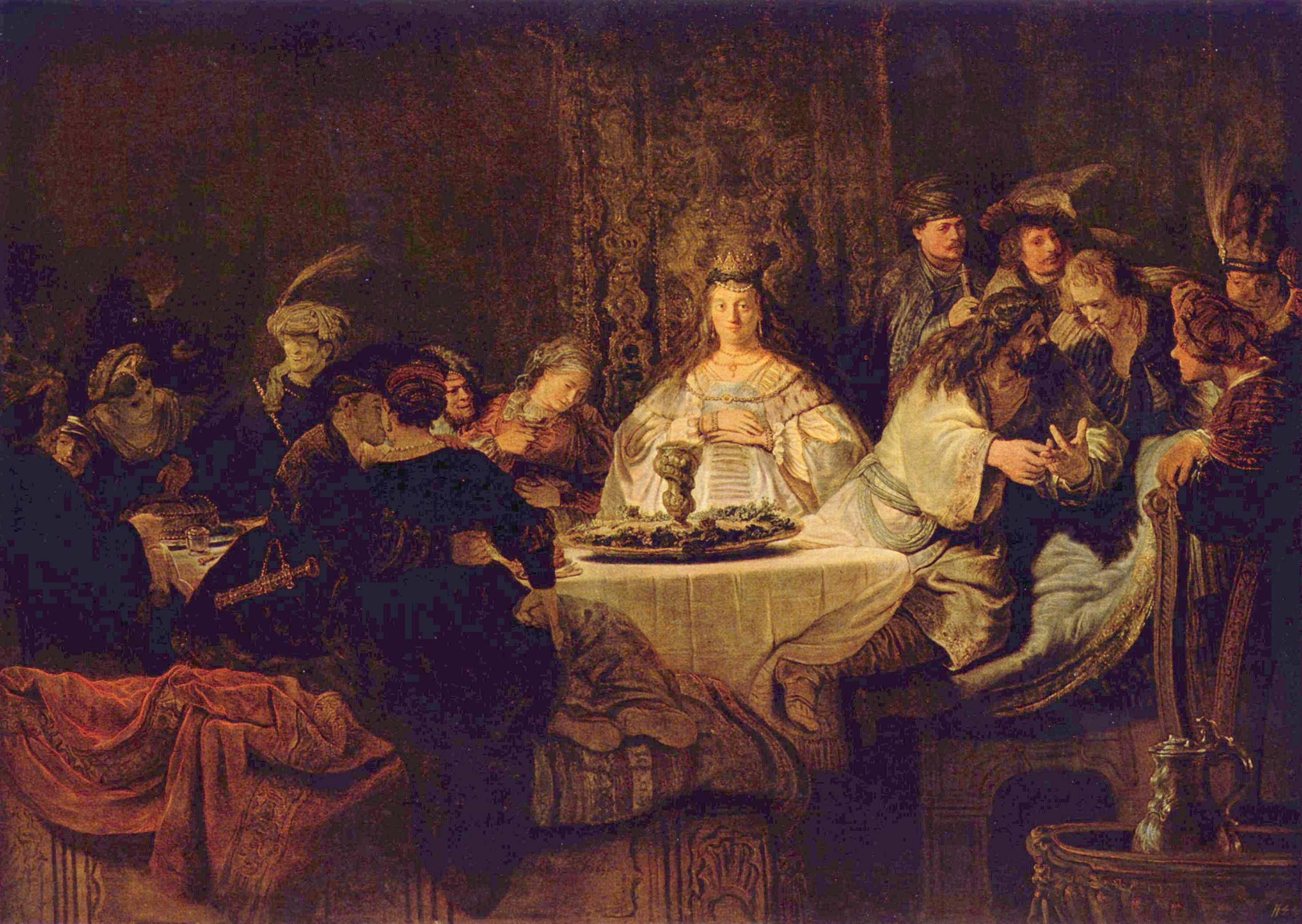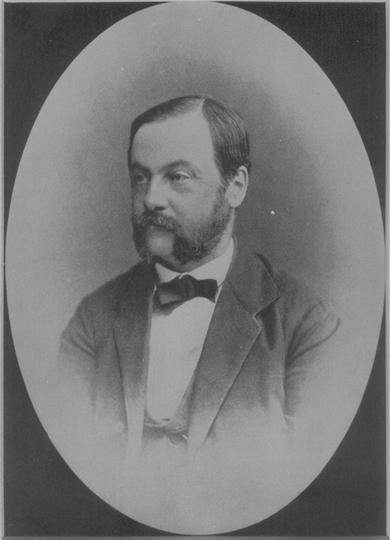|
Lorsch Riddles
The Lorsch riddles, also known as the ''Aenigmata Anglica'', are a collection of twelve hexametrical, early medieval Latin riddles that were anonymously written in the ninth century. The absence of line breaks separating individual verses (among other things) show that they are possibly of English origin. The poems were heavily influenced by Aldhelm's ''Enigmata.'' None of the poems have a written solution, which has caused much debate over the answers to some of them; the solutions as given in Glore's edition are: 1. de homine/person; 2. de anima/soul; 3. de aqua/water; 4. de glacie/ice; 5. de cupa uinaria/wine-cup; 6. de niue/snow; 7. de castanea/chestnut; 8. de fetu/foetus; 9. de penna/feather; 10. de luminari/eternal light; 11. de tauro/bull; 12. de atramento/ink. The riddles are preserved in only one manuscript (VaticanPal. Lat. 1753. The manuscript was written c. 800 in the Carolingian scriptorium of Lorsch Abbey, where it was rediscovered in 1753. It contains among a variet ... [...More Info...] [...Related Items...] OR: [Wikipedia] [Google] [Baidu] |
Hexameter
Hexameter is a metrical line of verses consisting of six feet (a "foot" here is the pulse, or major accent, of words in an English line of poetry; in Greek and Latin a "foot" is not an accent, but describes various combinations of syllables). It was the standard epic metre in classical Greek and Latin literature, such as in the ''Iliad'', ''Odyssey'' and ''Aeneid''. Its use in other genres of composition include Horace's satires, Ovid's ''Metamorphoses,'' and the Hymns of Orpheus. According to Greek mythology, hexameter was invented by Phemonoe, daughter of Apollo and the first Pythia of Delphi.Pliny the Elder, 7.57 __TOC__ Classical Hexameter In classical hexameter, the six feet follow these rules: * A foot can be made up of two long syllables (– –), a spondee; or a long and two short syllables, a dactyl (– υ υ). * The first four feet can contain either one of them. * The fifth is almost always a dactyl, and last must be a spondee. A short syllable (υ) is a syllabl ... [...More Info...] [...Related Items...] OR: [Wikipedia] [Google] [Baidu] |
Riddle
A riddle is a statement, question or phrase having a double or veiled meaning, put forth as a puzzle to be solved. Riddles are of two types: ''enigmas'', which are problems generally expressed in metaphorical or allegorical language that require ingenuity and careful thinking for their solution, and ''conundra'', which are questions relying for their effects on punning in either the question or the answer. Archer Taylor says that "we can probably say that riddling is a universal art" and cites riddles from hundreds of different cultures including Finnish, Hungarian, American Indian, Chinese, Russian, Dutch and Filipino sources amongst many others. Many riddles and riddle-themes are internationally widespread. In the assessment of Elli Köngäs-Maranda (originally writing about Malaitian riddles, but with an insight that has been taken up more widely), whereas myths serve to encode and establish social norms, "riddles make a point of playing with conceptual boundaries and cross ... [...More Info...] [...Related Items...] OR: [Wikipedia] [Google] [Baidu] |
Aldhelm
Aldhelm ( ang, Ealdhelm, la, Aldhelmus Malmesberiensis) (c. 63925 May 709), Abbot of Malmesbury Abbey, Bishop of Sherborne, and a writer and scholar of Latin poetry, was born before the middle of the 7th century. He is said to have been the son of Kenten, who was of the royal house of Wessex.Walsh ''A New Dictionary of Saints'' pp. 21–22 He was certainly not, as his early biographer Faritius asserts, the brother of King Ine. After his death he was venerated as a saint, his feast day being the day of his death, 25 May. Life Early life and education Aldhelm received his first education in the school of the Irish scholar and monk Máeldub (also ''Maildubh'', ''Maildulf'' or ''Meldun'') (died ), who had settled in the British stronghold of Bladon (or ''Bladow'') on the site of the town called Mailduberi, Maldubesburg, Meldunesburg, etc., and finally Malmesbury, after him. In 668, Pope Vitalian sent Theodore of Tarsus to be Archbishop of Canterbury. At the same time the North A ... [...More Info...] [...Related Items...] OR: [Wikipedia] [Google] [Baidu] |
Lorsch Abbey
Lorsch Abbey, otherwise the Imperial Abbey of Lorsch (german: Reichsabtei Lorsch; la, Laureshamense Monasterium or ''Laurissa''), is a former Imperial abbey in Lorsch, Germany, about east of Worms. It was one of the most renowned monasteries of the Carolingian Empire. Even in its ruined state, its remains are among the most important pre- Romanesque– Carolingian style buildings in Germany. Its chronicle, entered in the '' Lorscher Codex'' compiled in the 1170s (now in the state archive at Würzburg), is a fundamental document for early medieval German history. Another famous document from the monastic library is the ''Codex Aureus'' of Lorsch. In 1991 the ruined abbey was listed as a UNESCO World Heritage Site because of its architectural and historical importance. Historic names The following historical names have been recorded: * In the 8th century: Laurisham * In the 9th century: Lorishaim * 9th and 11th centuries: Loresham * 9th–10th centuries: Laurishaim * 10th cen ... [...More Info...] [...Related Items...] OR: [Wikipedia] [Google] [Baidu] |
Symphosius
Symphosius (sometimes, in older scholarship and less properly, Symposius) was the author of the ''Aenigmata'', an influential collection of 100 Latin riddles, probably from the late antique period. They have been transmitted along with their solutions. Biography Nothing more is known of Symphosius's life than what can be gleaned from the riddles themselves: even his name is clearly 'a joking pseudonym, meaning “party boy” or the like'. Proposed dates of composition have ranged from the third century to the sixth. The prevailing view today is that they were probably composed in the late fourth or early fifth century. A range of circumstantial evidence in the content of the riddles suggests that Symphosius was writing in Roman North Africa. The riddles The riddles themselves, written in tercets of dactylic hexameters, are of elegant Latinity. The author's brief preface states that they were written to form part of the entertainment at the Saturnalia. This could be a literary co ... [...More Info...] [...Related Items...] OR: [Wikipedia] [Google] [Baidu] |
Saint Boniface
Boniface, OSB ( la, Bonifatius; 675 – 5 June 754) was an English Benedictines, Benedictine monk and leading figure in the Anglo-Saxon mission to the Germanic parts of the Frankish Empire during the eighth century. He organised significant foundations of the Catholic Church in Germany, church in Germany and was made archbishop of Mainz by Pope Gregory III. He was martyred in Frisia in 754, along with 52 others, and his remains were returned to Fulda, where they rest in a sarcophagus which has become a site of pilgrimage. Boniface's life and death as well as his work became widely known, there being a wealth of material available — a number of , especially the near-contemporary , legal documents, possibly some sermons, and above all his correspondence. He is venerated as a saint in the Christian church and became the patron saint of Germania, known as the "Apostle to the Germans". Norman F. Cantor notes the three roles Boniface played that made him "one of the truly outsta ... [...More Info...] [...Related Items...] OR: [Wikipedia] [Google] [Baidu] |
Ernst Dümmler
Ernst Ludwig Dümmler (2 January 183011 September 1902) was a German historian. Biography Ernst Ludwig was born in Berlin, the son of (1777–1846), a Berlin bookseller. He studied law, classical philology and history, among other things, at Bonn under Johann Wilhelm Löbell, and in Berlin, where his influences were Leopold von Ranke and Wilhelm Wattenbach. His doctorate dissertation, ''De Arnulfo Francorum rege'' (Berlin, 1852), was a notable essay among historians. He entered the faculty at Halle in 1855, and started an historical seminar. In 1858 he became an associate professor, in 1866 full professor. In 1875, he became a member of the revised committee directing the ''Monumenta Germaniae Historica'', himself undertaking the direction of the section "Antiquitates". In 1888 he became president of the central board in Berlin. This was an official recognition of Dümmler's leading position among German historians. Selected works In addition to numerous critical works and ... [...More Info...] [...Related Items...] OR: [Wikipedia] [Google] [Baidu] |
Anglo-Saxon Riddles
Anglo-Saxon riddles are a significant genre of Anglo-Saxon literature. The riddle was a major, prestigious literary form in early medieval England, and riddles were written both in Latin and Old English verse. The pre-eminent composer of Latin riddles in early medieval England was Aldhelm (d. 709), while the Old English verse riddles found in the tenth-century Exeter Book include some of the most famous Old English poems. History Antique inspirations Riddles are an internationally widespread feature of oral literatures and scholars have not doubted that they were traditional to Old English culture. But the history of riddles as a literary genre in England seems to be rooted in an influential collection of late Antique Latin riddles, possibly from north Africa, attributed to a poet called Symphosius, whose work English scholars emulated and adapted. Aldhelm As the conversion of England to Christianity proceeded during the seventh century, Old English-speakers studied Latin ... [...More Info...] [...Related Items...] OR: [Wikipedia] [Google] [Baidu] |




